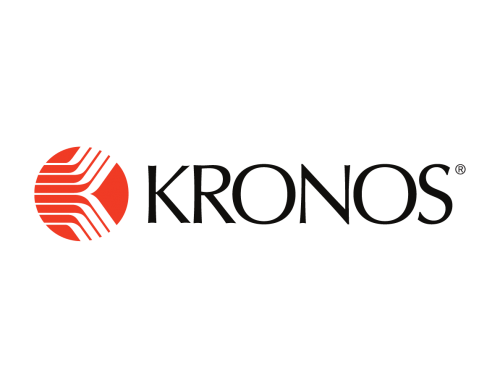The casualisation of Australia’s workforce has been topical in recent years, with more than two million Australians or one-quarter of the workforce, now casually employed. This shift challenges the structural norm of the 8 to 5 model, indicating there is no ‘one size fits all’ approach for employers and employees.
So, why are both Australian businesses and workers opting for a more flexible structure?
The Employers
Many Australian businesses are familiar with the efficiencies that a casualised employee pool can offer. Most significantly it allows employers the flexibility to increase and decrease resources in line with fluctuations of the workflow. This type of ‘as-needed basis’ is critical to businesses who experience varying levels of demand, as they’re able to reduce overhead costs in quieter periods.
In addition to this, casual workers also present an attractive proposition in the way of diversity. With casual employees, businesses can tap into a wide range of skill sets. Leveraging the individual capabilities of each member provides significant benefits at both a team and organisational level as it bolsters productivity and competition.
Plus, with software like ShiftMatch businesses can now automate the shift filling process, instantly matching any vacant shift with the right worker.
The Casual Workers
With long shifts irregular hours and minimal contractual agreements – there can be an element of uncertainty for casual staff members. In saying this, there is one highly valuable benefit that acts as a trade off; control.
The ability to balance work preferences with the demands of life allows parents, students and retirees to shape their careers around personal needs. Job satisfaction levels are in fact higher amongst casual workers who have greater control over hours worked.
As well as saving management on critical administration time, ShiftMatch provides substantial benefits to casual workers too. Employees are responsible for keeping their availability updated and are only contacted for times they want to work. Not only does this contribute to greater satisfaction and retention, but it also allows staff to align preferences without prejudice.
It’s clear that casualisation presents benefits for both employers and employees.
If you’re still spending hours calling staff, trying to fill vacant shifts you can contact ShiftMatch here.






Leave A Comment